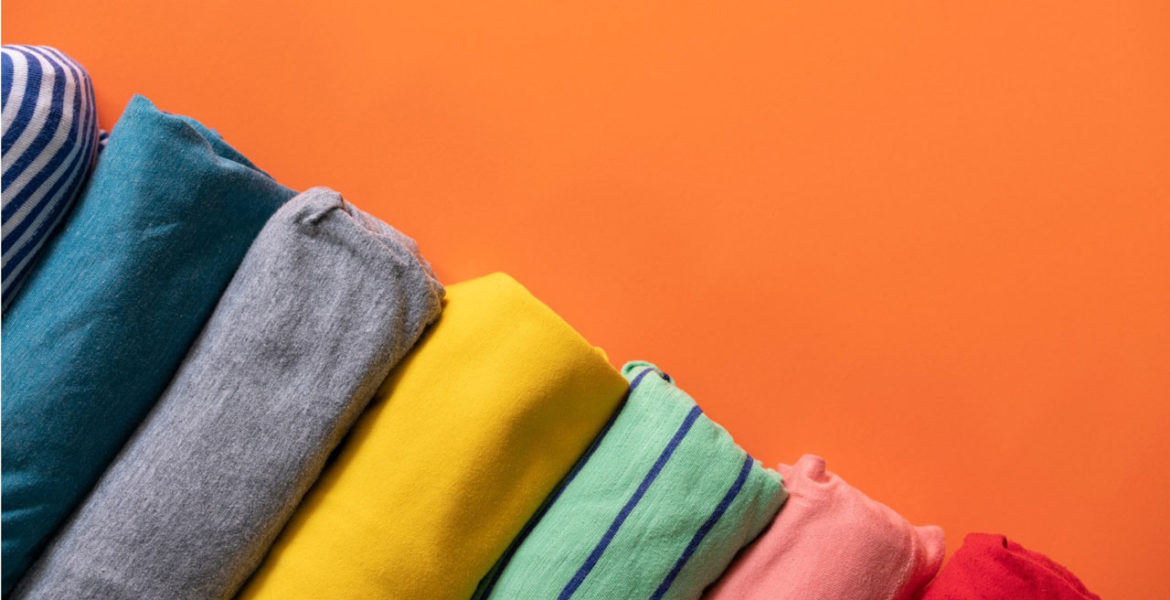Article Takeaways:
- Fast fashion has a dirty underbelly
- Wool garments are the longest kept clothing items in most people’s wardrobes
- What clothes are made of can have an enormous effect on the health of the environment
Fifteen years ago, I bought a Ralph Lauren sweater. I bought it when I was in Hawaii – in the middle of summer – and this sweater has since travelled the world with me. I wear it on flights, it takes me from the office to dinner and it still looks as good as the day that I bought it. I love this for two reasons. One, I hate shopping, so buying a quality investment piece that can stand the test of time (and my patience) ticks the right boxes. And two, I have managed to avoid getting swept up in the fast fashion frenzy which has dominated the past decade.
It’s no secret that the fashion industry – amidst its glitz and glamour – has a dark and dirty underbelly. It’s an industry that can cause more harm than good if not managed correctly. Fast fashion is on the rise, as are the world’s sea temperatures. Clothes are being worn less, yet clothing production has approximately doubled in the past 15 years, with many consumers only wearing an item of clothing once, thinking that because it was cheap to buy it doesn’t matter if it lasts less than a season.
While many brands are starting to navigate the rough seas of fast fashion, many still try to capitalise on kitsch, one-off moments and holiday seasons. I recently read that 40% of Christmas sweaters were worn only once and that one-third of UK millennials buy a new one each year. That’s a staggering number of single-wear sweaters being bought and most likely discarded, destined for landfill or causing charity stores to overflow. An overwhelming amount of these sweaters are made from synthetic fibres which are essentially plastic, releasing microplastics into the ocean each time they are washed. And while one solution is naturally to curb impulse spending, it’s an opportune time to remind consumers to check the label of a product and see what their clothing is made of.
Many consumers become early adopters of conscious consumption when it comes to buying food. It’s not uncommon to see what ingredients are used and equally as important as where the ingredients come from. Clothing is no different. Natural fibres – such as Australian wool – make for considered purchases. A recent dive into the wardrobes of more than 1000 global consumers found that wool garments were amongst the oldest and longest kept in the wardrobe, and also required less washing than garments made from other fibres. Small, individual actions, such as wearing clothes for longer, doing laundry less frequently or paying attention to what our clothes are actually made of can have an enormous effect, ultimately influencing brands’ business decisions and the health of the environment.
Today, looking and feeling good in an item of clothing goes far beyond the look and feel of the garment. Buying from brands with a strong level of social responsibility and clothes made from eco-fibres have flow-on effect across the entire apparel and textile industry. So next time you buy an item of clothing, check its label to see what it is made from, ask yourself if you really need it. And if you’re wondering, my Ralph Lauren sweater is made from 100% wool, naturally.

